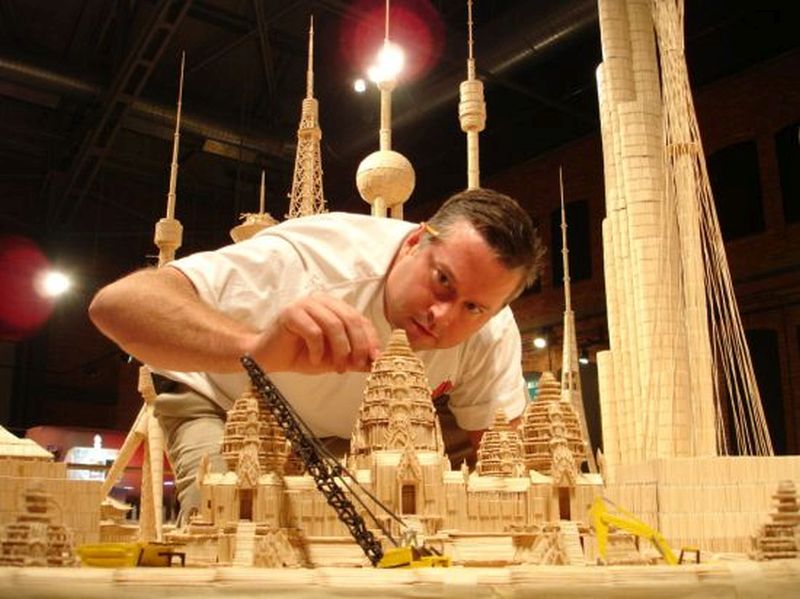In our quest for modern housing solutions, prefab houses have arrived as a huge sigh of relief. They are small, moveable, eco-friendly and highly affordable. You cannot expect better from a house. However, on the contrary, they aren’t as popular as one would want them to be. Many people are still apprehensive about their ‘green credentials’. Moreover, the society still attaches a stigma to living in prefab houses as a sign of poverty. Therefore, once and for all, we need to judge whether prefabricated homes really provide the solution or should we look for something else?
The good, the bad and the ugly of prefabricated homes
Over the years, the concept of prefabricated homes (aka prefab homes) has widely caught the attention of the homeowners and architects owing to the ever-mounting space problems. The best thing about the prefab homes is that they are not only portable and easy to assemble, but also contemporary and eye-catching. The construction of a modular home is less expensive than the conventional houses and the materials used can make them last for decades. The prefabricated homes are catching everyone’s fancy nowadays because of their fast construction, better insulation, green credentials and the low costs. These modular homes have evolved over the time. Now, you can also add a range of lavish amenities to your prefab home. Let’s take a detailed look at the pros and cons of the prefab homes.
The good:
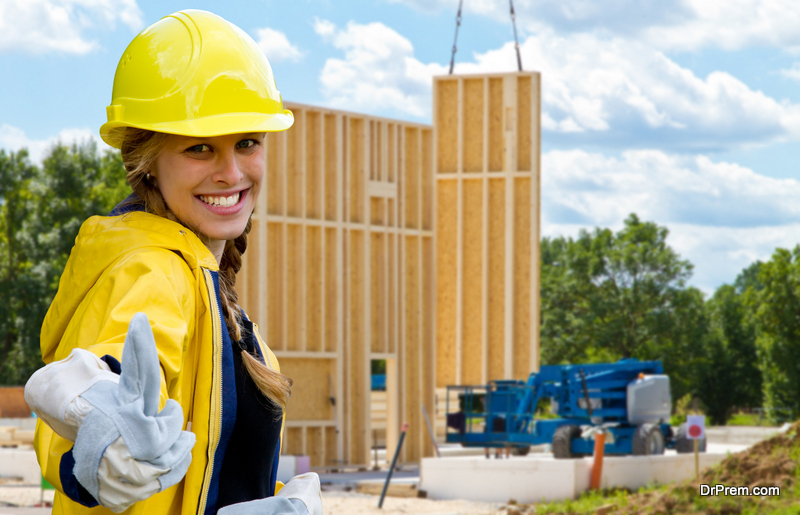 There are a number of qualities, which make the prefab homes a better option when compared with the traditional construction methods. You can order modules and ship them directly to your block. Since you have to manufacture all the sections in a factory assembly line, you can accomplish a high level of quality control. This isn’t possible while building a home in some crowded construction site. You can easily assemble the sections or the modules. Furthermore, you can adapt these homes to any sort of environment. Moreover, you can hook up even in places where standard construction is not possible.
There are a number of qualities, which make the prefab homes a better option when compared with the traditional construction methods. You can order modules and ship them directly to your block. Since you have to manufacture all the sections in a factory assembly line, you can accomplish a high level of quality control. This isn’t possible while building a home in some crowded construction site. You can easily assemble the sections or the modules. Furthermore, you can adapt these homes to any sort of environment. Moreover, you can hook up even in places where standard construction is not possible.
A prefab home comes under the category of an environmentally friendly construction, as the architects and designers involved in the manufacturing process focus on energy efficiency, minimum usage of fresh water and implying sustainable, healthy and recyclable building material. All these features make the prefab homes more cost efficient making and this is the main reason for the growing popularity of the prefab housing.
Can this be better?
The prefab homes can withstand a hurricane or earthquake and other natural disasters. It is not as flammable as wood and if a steel frame is used instead of wood, then it would not let the fire spread. Heating and cooling costs can be reduced if the prefabricated house is insulated.
The Bad:
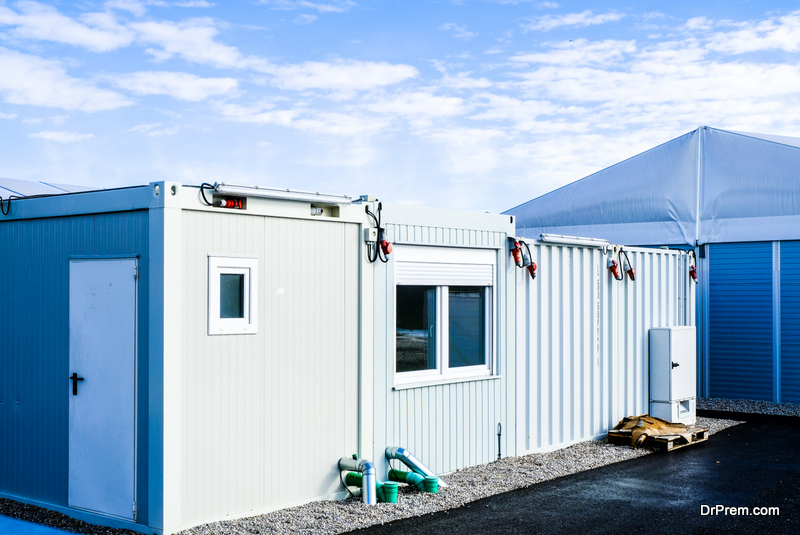 Along with the advantages, there are a few drawbacks of prefabricated houses too. The prefab home is not as durable as a traditional concrete house. It is a common notion that the shipping of the modules leads to diminution of the structure stability. These houses cannot endure tornadoes and heavy storms. You have to search for a land and pay for it, if you want to reside in a prefab house. Whereas, in case of an on-site house, you don’t have to look for the earth. The house is already there and you just have to shift in. The concept of prefab housing isn’t gaining among highly personalized environment. There these are still of inferior standards when compared to traditionally built houses.
Along with the advantages, there are a few drawbacks of prefabricated houses too. The prefab home is not as durable as a traditional concrete house. It is a common notion that the shipping of the modules leads to diminution of the structure stability. These houses cannot endure tornadoes and heavy storms. You have to search for a land and pay for it, if you want to reside in a prefab house. Whereas, in case of an on-site house, you don’t have to look for the earth. The house is already there and you just have to shift in. The concept of prefab housing isn’t gaining among highly personalized environment. There these are still of inferior standards when compared to traditionally built houses.
Can this be better?
By using better and robust materials while constructing the sections in the factory, the structure of the house can be made more durable and more persistent to natural disasters. As far as the standard is concerned, elegant and modern interiors, and landscaping could help maintain high standards for a prefab house as well.
The ugly:
 Foundation adjustments can be the worst problem while assembling a prefab home. As various sections of the house, including the walls or roofs, are pre-manufactured in the factory, there is hardly any space for making any modifications to out of level foundations. In case of any adjustment made, the homeowner would have to pay a high amount.
Foundation adjustments can be the worst problem while assembling a prefab home. As various sections of the house, including the walls or roofs, are pre-manufactured in the factory, there is hardly any space for making any modifications to out of level foundations. In case of any adjustment made, the homeowner would have to pay a high amount.
Why are we so critical?
Despite of the disadvantages of prefab homes, they are popularly being used worldwide. Homeowners face a great problem with space and rising construction cost. A prefab home requires comparatively small space than traditional on site houses. Moreover, these houses are more eco-friendly as they generate less waste, are energy efficient and also very cheap. To add to the green credentials, a prefab house is made of materials that can be recycled in the future.
The bottomline:
Construction sites induce calumnious affects on the surroundings. A prefab house, on the other hand, carries the major advantage of reducing this kind of harmful impact on environment. Therefore, environment conscious people prefer it. Moreover, the modern designs with better aesthetics are appealing as well as affordable to many of the homeowners. Hence, architects and construction companies are trying to make the most out of it. If you don’t use it as a permanent dwelling, you can use a prefab house as an inhabitant for emergency housing after any natural disaster.
The developments
1. Live Pod A prefabricated dwelling
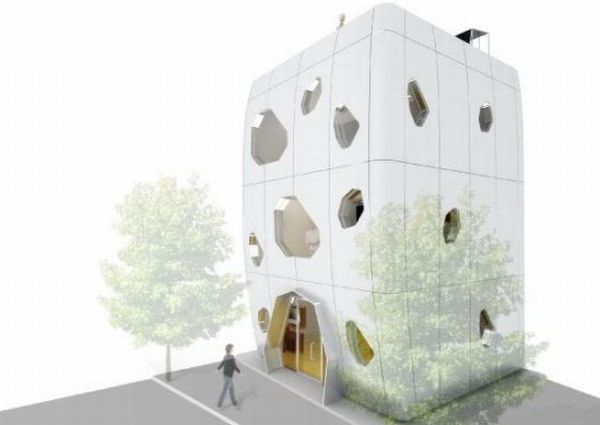
Developed by MisoSoupDesign, the Live Pod prefab home is an example of a mobile and sustainable building system. The designers have used green materials like bamboo, photovoltaic panels, green roof and rain screen facade for this prefab home. The components can be easily transported from one place to another and designed according to user specifications. Also, it is very easy to install the Live Pod at any location.
2. Ecofabulous’ prefabricated home believes small is green
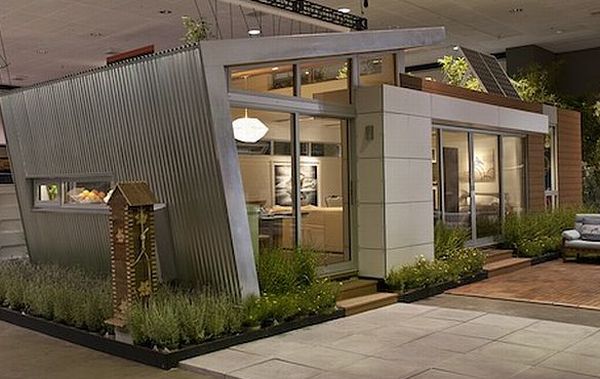
Zem Joaquin of Ecofabulous has designed this 550 square feet home along with Jonathan Davis of PieceHomes. The small house displays a unique blend of creativity, comfort and Eco-friendliness. It has been built mostly from Eco-friendly materials and also features solar panels, green appliances, water waving faucets, cork flooring and LED lighting.
3. Prefab Villas
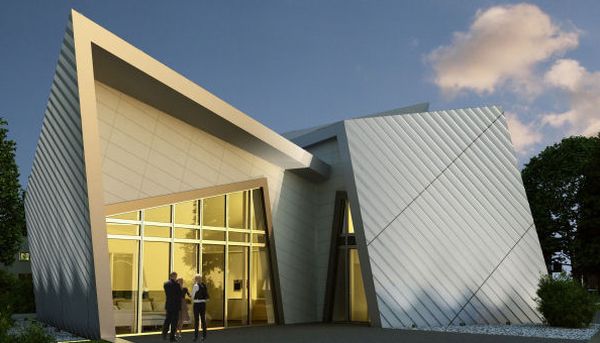
Designed by Daniel Libeskind, the The Prefab Villas is a sustainable prefab home made mostly from wood. It features green technologies like solar thermal system and rain-water recycling system on the roof top. There is also a geothermal system along with a high-efficiency heat pump. The 515 square meter house provides all other modern domestic luxuries and can be shipped to any place as required.
4. Sommerhaus Piu: Sustainable, prefabricated wooden house
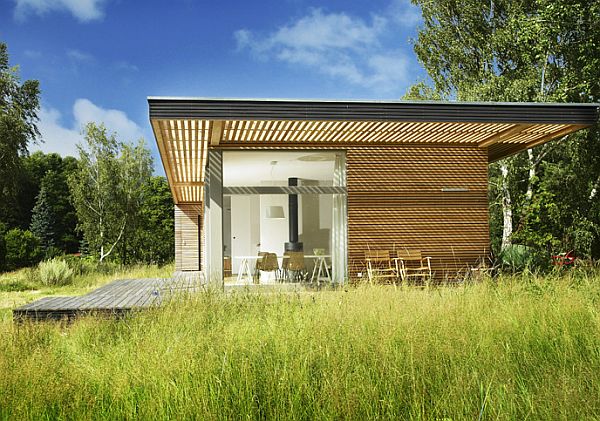
Designed by Patrick Frey, the Sommerhaus Piu prefab house creatively exploits the natural light, renewable building materials and free flowing space to provide a sustainable living to the occupants. It is being promoted as a low carbon footprint vacation house.
The main hurdles
There are many hurdles that have hampered the popularity of the prefab homes despite of their Eco-friendly credentials. Some of them are:
- The present prefab models are costly, especially for those who cannot afford conventional houses at current prices. This has limited their popularity as vacation homes and for other temporary purposes.
- The mobility of prefab homes is less because of the requirement of large tailors, high cost and other resources for their transport.
- There are also some legal constraints as the houses need to meet necessary safety standards and obtain permission for installation as prescribed by local authorities.



